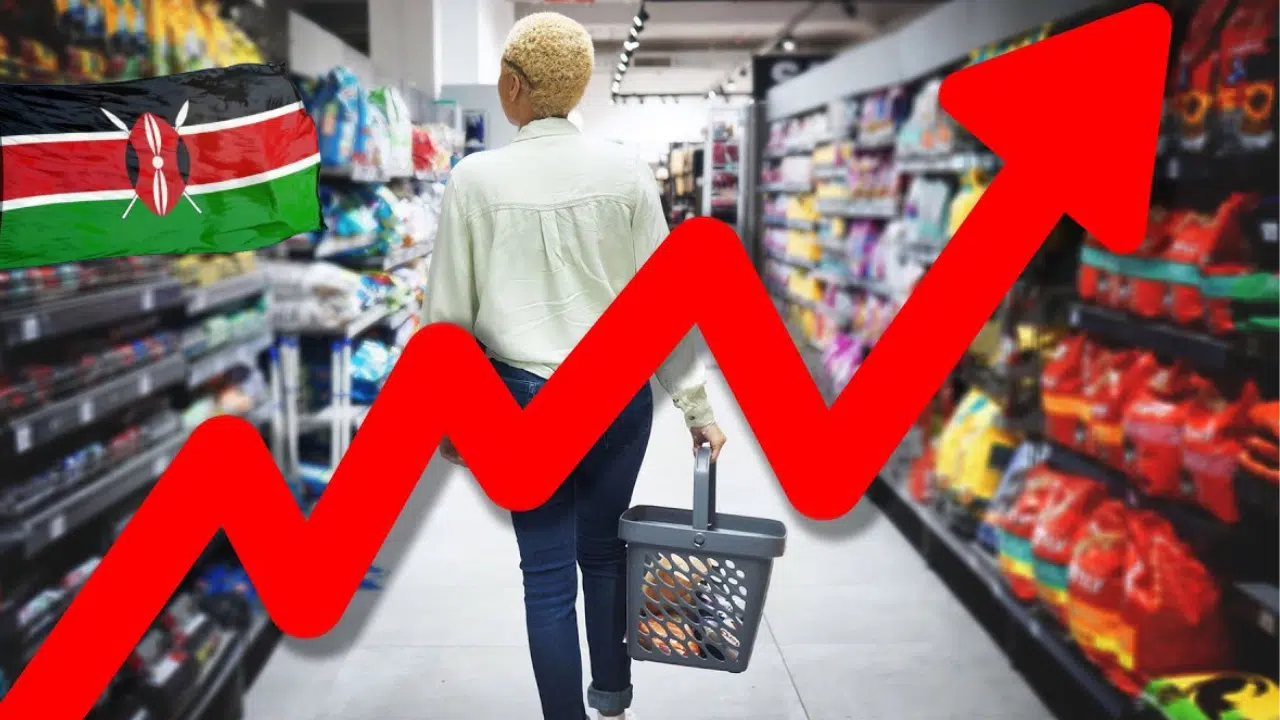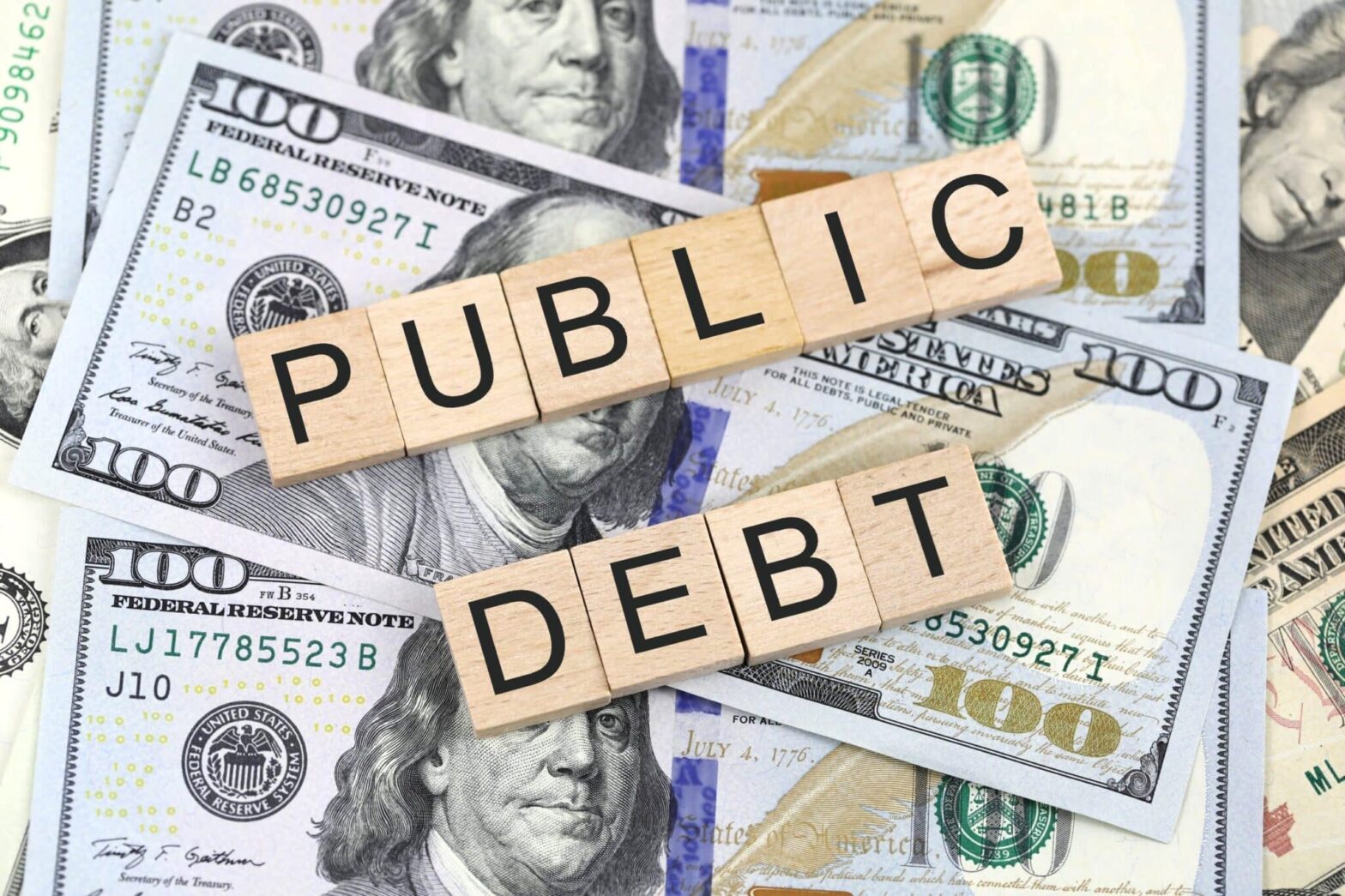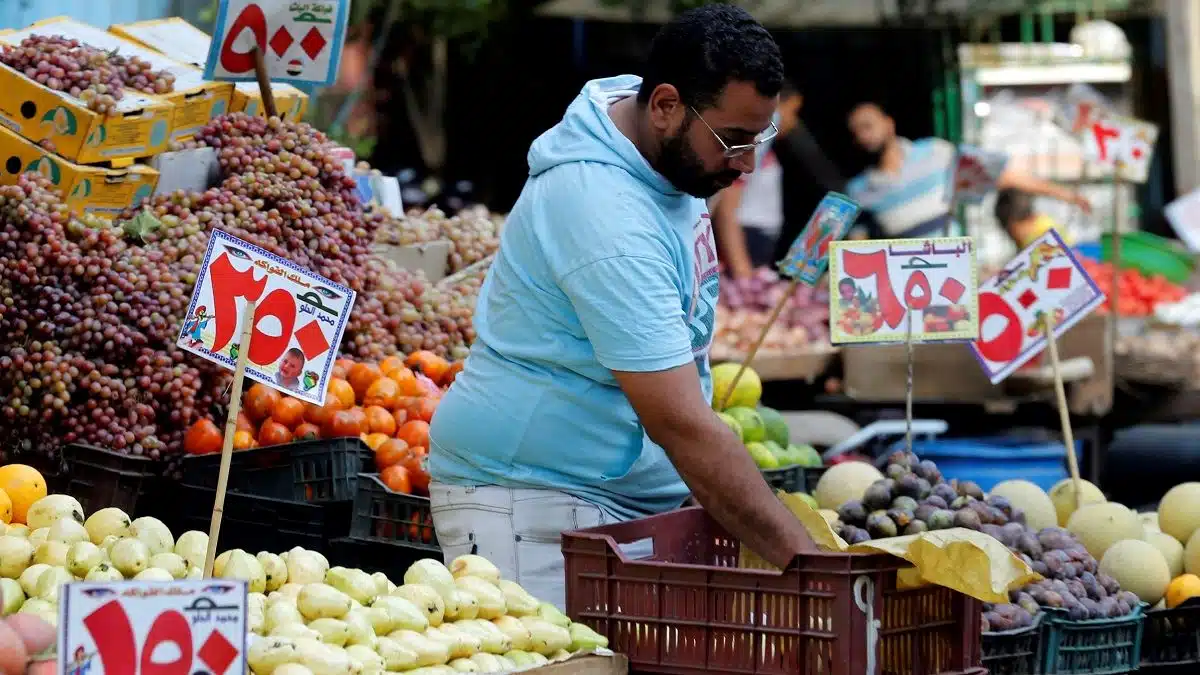Kenya’s inflation rate edged up to 3.6% in March 2025 from 3.5% in February, reflecting a slow but steady increase since November 2024.
The rise, driven mainly by food and transport costs, comes even as the shilling remains stable against the dollar.
Data from the Kenya National Bureau of Statistics (KNBS) shows that the cost of food and non-alcoholic beverages jumped by 6.6% year-on-year, while transport prices rose by 1.5%.
On the other hand, housing, water, electricity, and gas costs declined by 0.8%, helping to cushion overall inflation.
Despite the uptick, inflation has remained below 5% for the past nine months, largely due to a resilient shilling.
The currency has held firm at 129 per dollar for the last eight months after appreciating by 17.4% in 2024—bucking a three-year depreciation streak.
The rally was supported by improved foreign exchange reserves, now standing at $9.96 billion, and a surge in diaspora remittances, which climbed 18% to nearly $5 billion in 2024.
The stability of the shilling, alongside subdued core inflation and lower energy costs, allowed Central Bank of Kenya (CBK) to ease monetary policy in its latest meeting.
The Monetary Policy Committee (MPC) cut the benchmark interest rate to 10.75% from 11.25%, its lowest level in almost two years.
“The committee noted that inflation is expected to remain below the 5% midpoint of the target range in the near term, supported by a low and stable core inflation, low energy prices, and exchange rate stability,” central bank governor Kamau Thugge said.
With price pressures contained for now, policymakers appear focused on stimulating economic growth, though global uncertainties and domestic fiscal pressures could pose risks in the months ahead.










